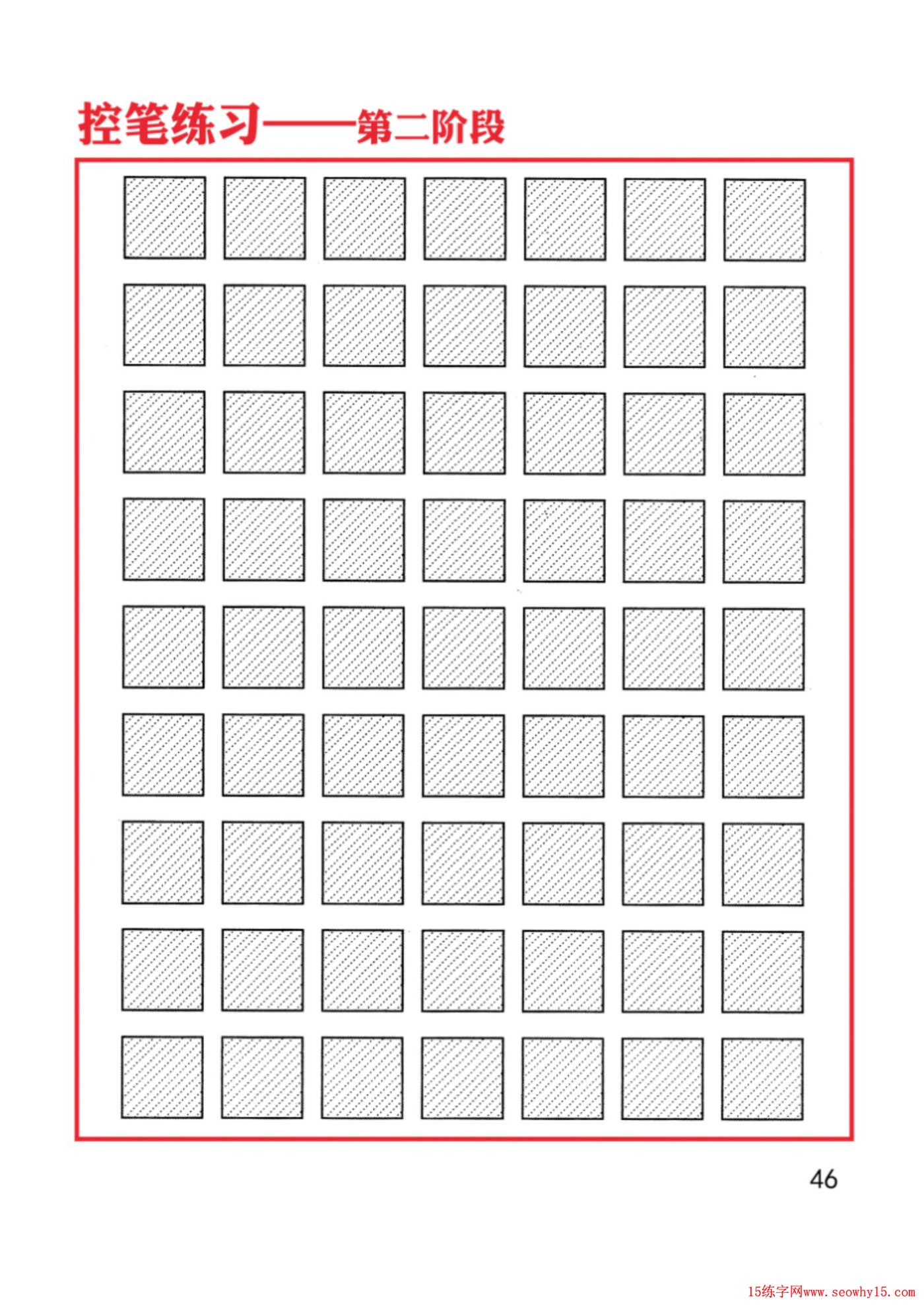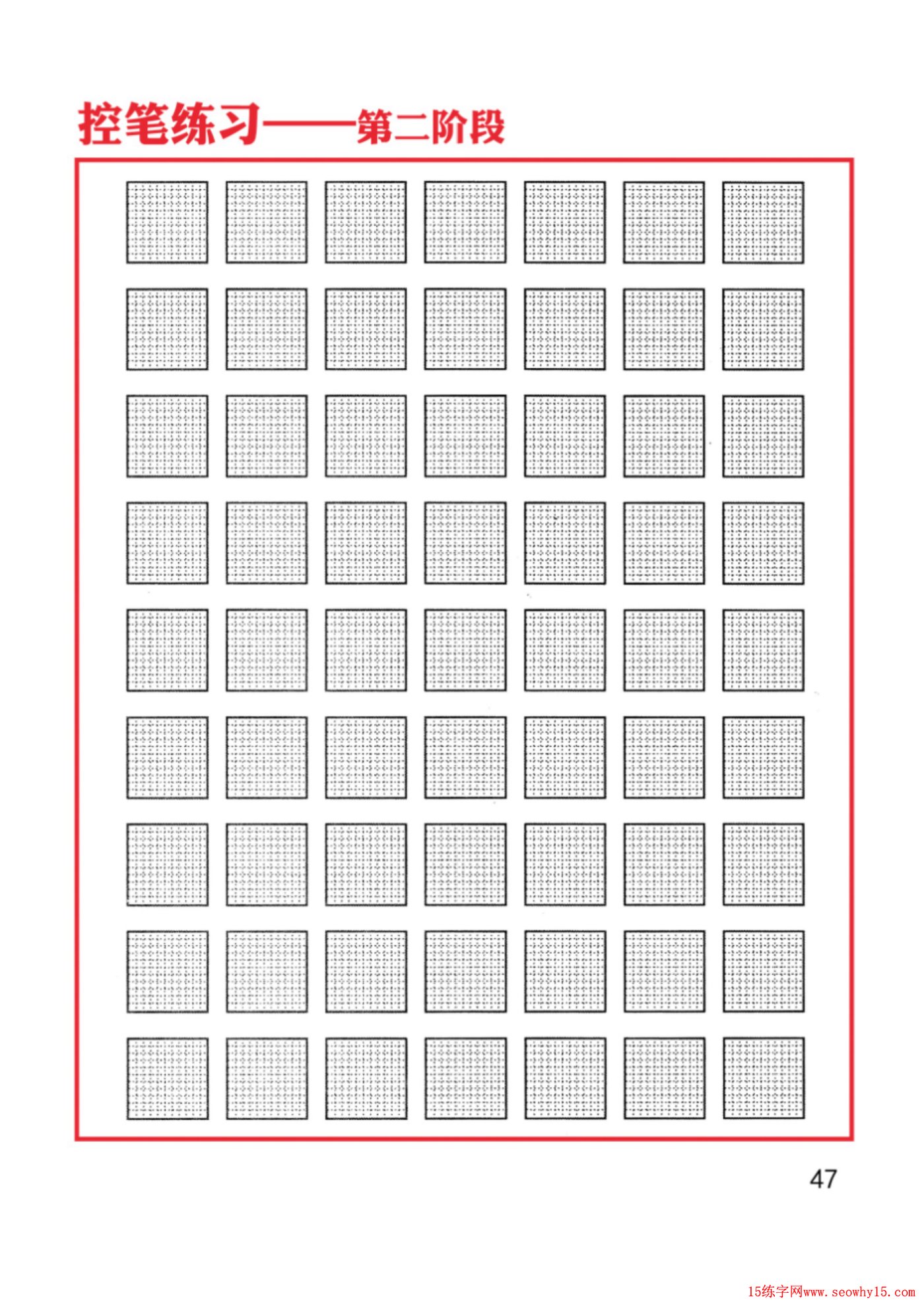Many people have no results when practicing calligraphy, so have you laid a solid foundation? Many people want to fly without the foundation of pen control. So you can think about why you should practice physical fitness first when practicing martial arts. Why not just practice the moves directly?
1. Is it useful to practice pen control?
Throughout the ages, no one can bypass pen control to achieve their goals, whether they are practicing standard calligraphy or wanting to learn calligraphy. Wang Xizhi spent fifteen years practicing the word "yong", a simple character that took fifteen years. I think everyone has their own answer to how much practice of pen control skills it contains.
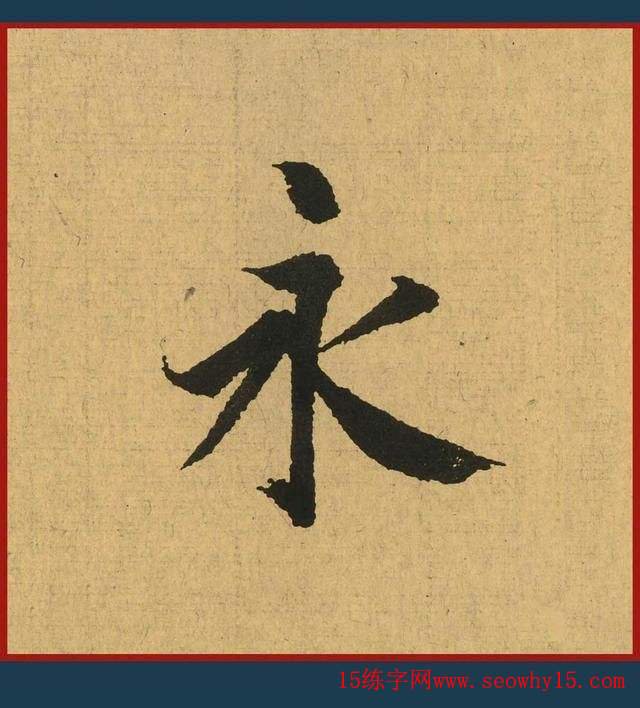
2. What are the functions of pen control?
In the early stage of practicing pen control, you can correct incorrect pen holding postures such as hooking your wrist. In the middle stage, you can develop the ability to hit where you point. Continue to practice the aesthetics of pen control, so that the words you write will have innate beauty.
3. Pen control is to take root for writing
If writing is compared to a tree, then the ability to control the pen is the root part underground, the strokes and radicals are the branches and leaves of the tree above the ground, and the brushwork and structure are the appearance of the entire tree. How tall a tree grows and whether its branches and leaves are lush or not are determined by the roots underground. Whether the tree grows beautifully or not depends on the level of the calligraphy teacher and your own efforts.

So at what age do children start practicing pen control?
Wang Xizhi learned calligraphy from Mrs. Wei when he was six or seven years old. In ancient times, age was generally referred to as virtual age, so from this perspective, it is very appropriate for today's children to start practicing writing at the age of five or six.
Is it useful for adults to practice pen control?
Pen control is not only suitable for children to lay the foundation for writing and correct pen-holding errors, but is also suitable for adults to improve the overall font shape. Many people always say that when you are in your twenties or thirties, your age is mostly set and practice is useless. In fact, these are just words spoken by lazy people. There is no quick way to practice calligraphy, so don’t take a shortcut. Some people think that pen control is very simple, just a few symbols, so now please take out your pen and draw a horizontal line on the paper and see if you can draw it straight. This seemingly simple action will change your perspective.
Pen control practice is divided into three stages. At present, many people only realize the first stage. From the perspective of calligraphy practice, we divide pen control practice into three stages:
The first stage: Coordination and pen control training. No matter the details, just look for the feeling. This is to practice the coordination between the wrist, fingers and pen, and to correct wrong pen-holding postures such as hooking the wrist and clenching the fist.
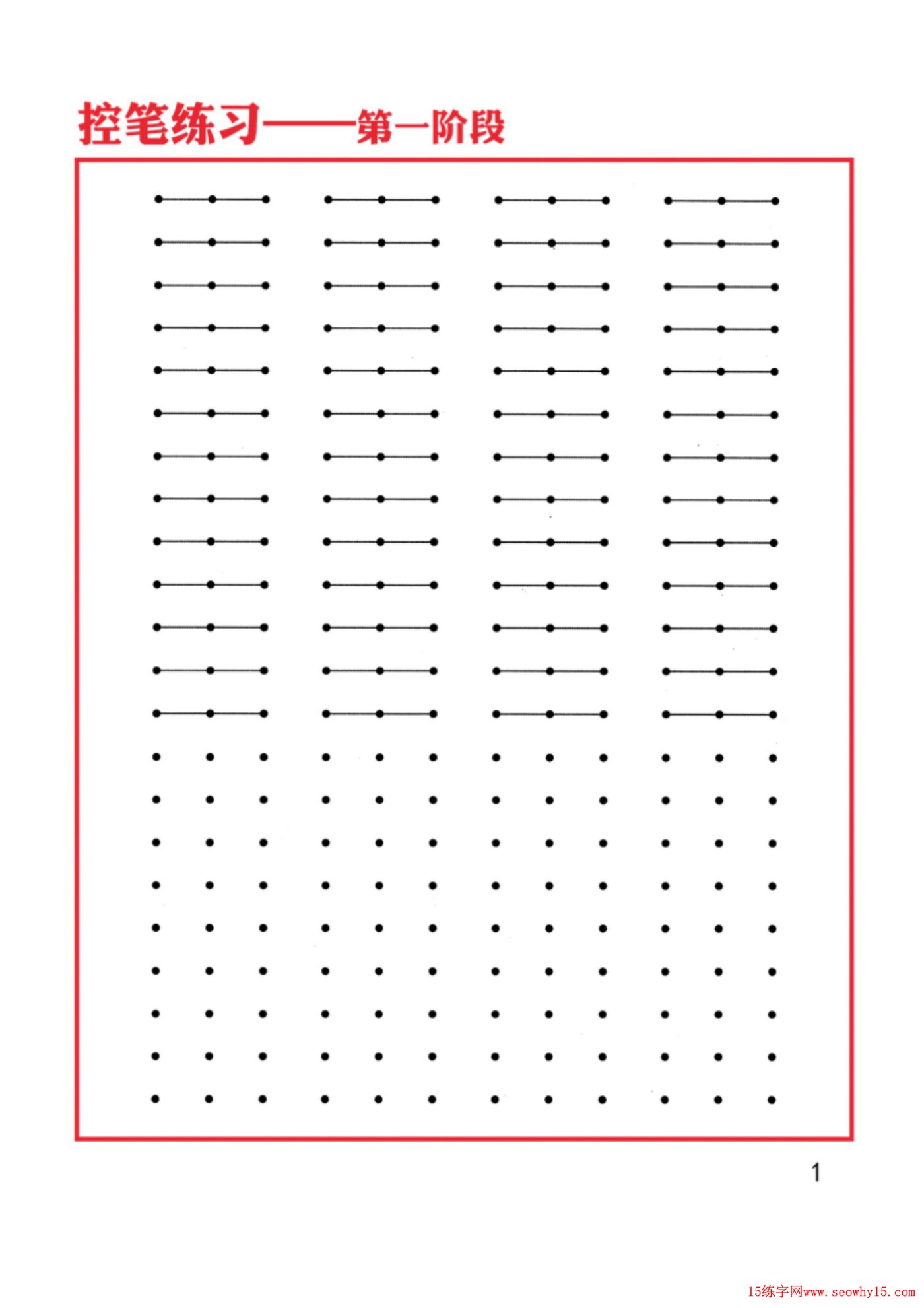
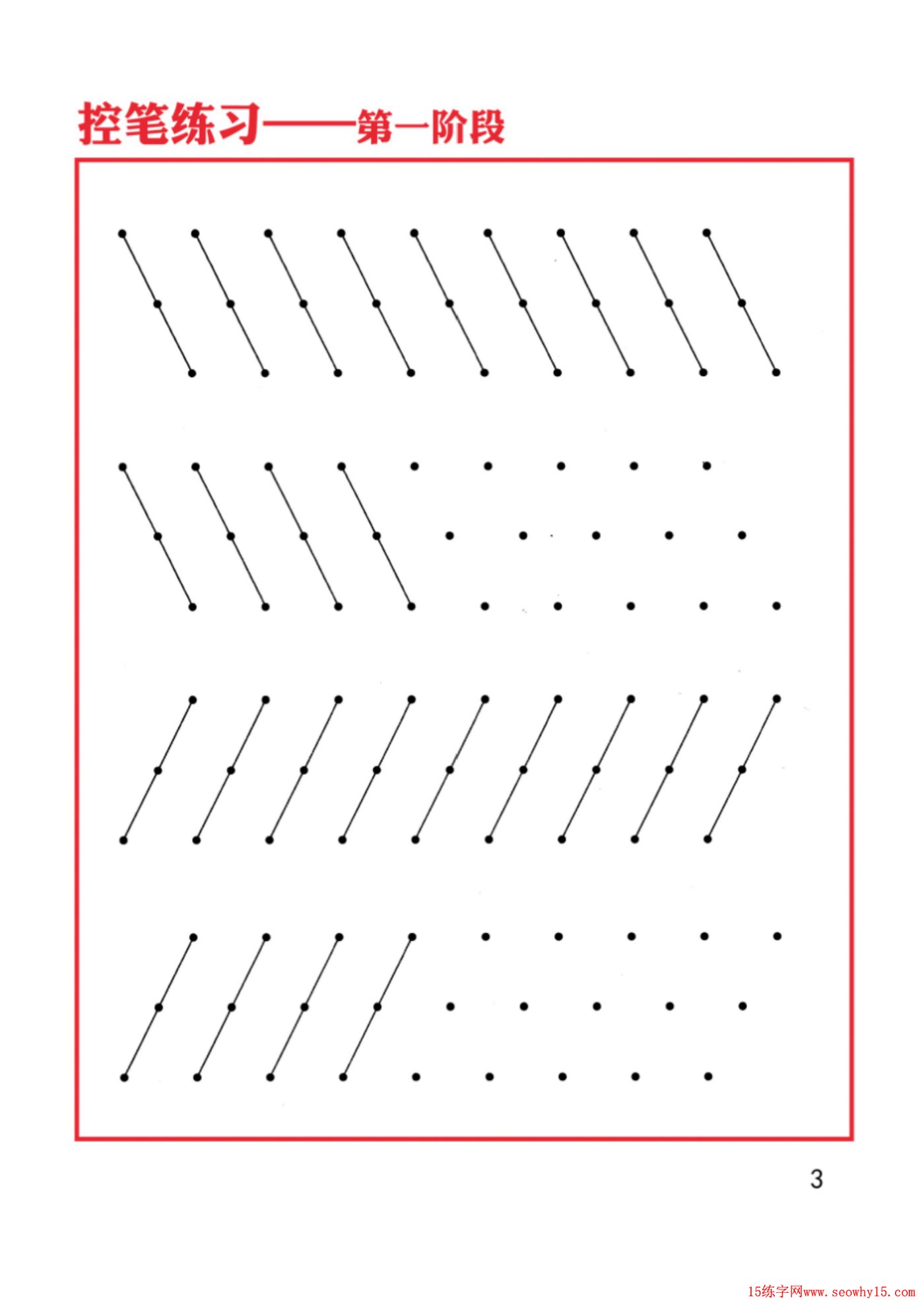
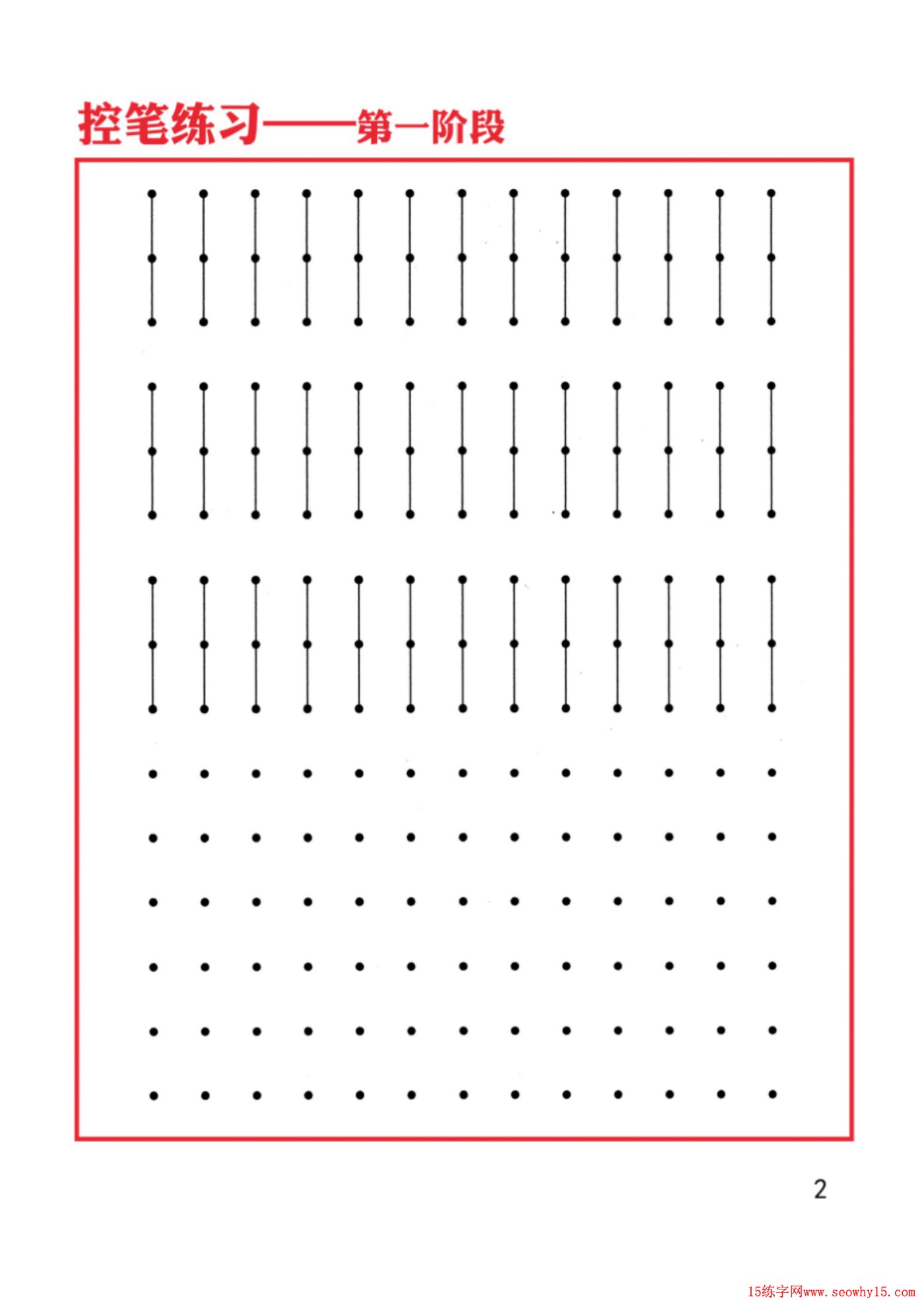
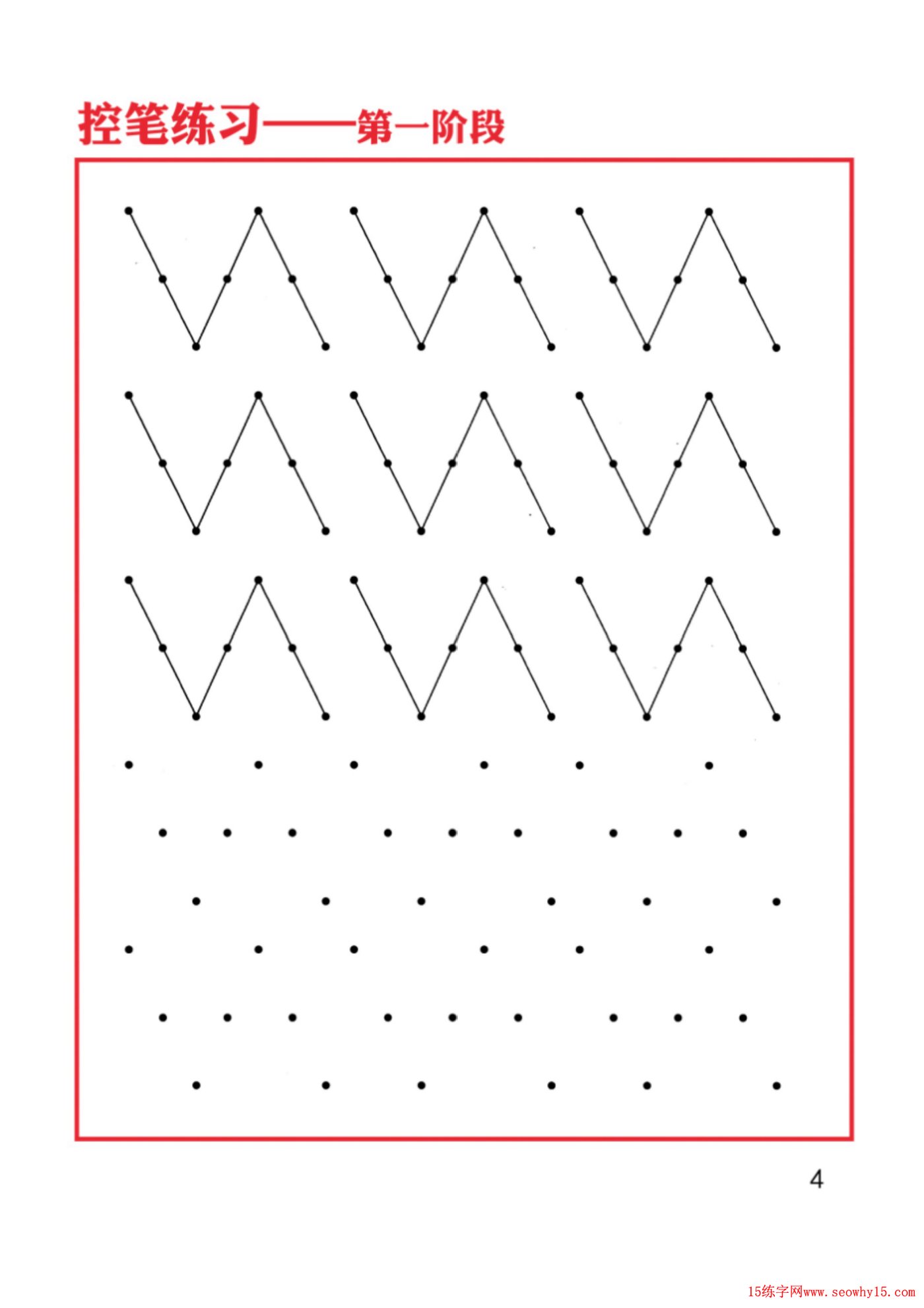
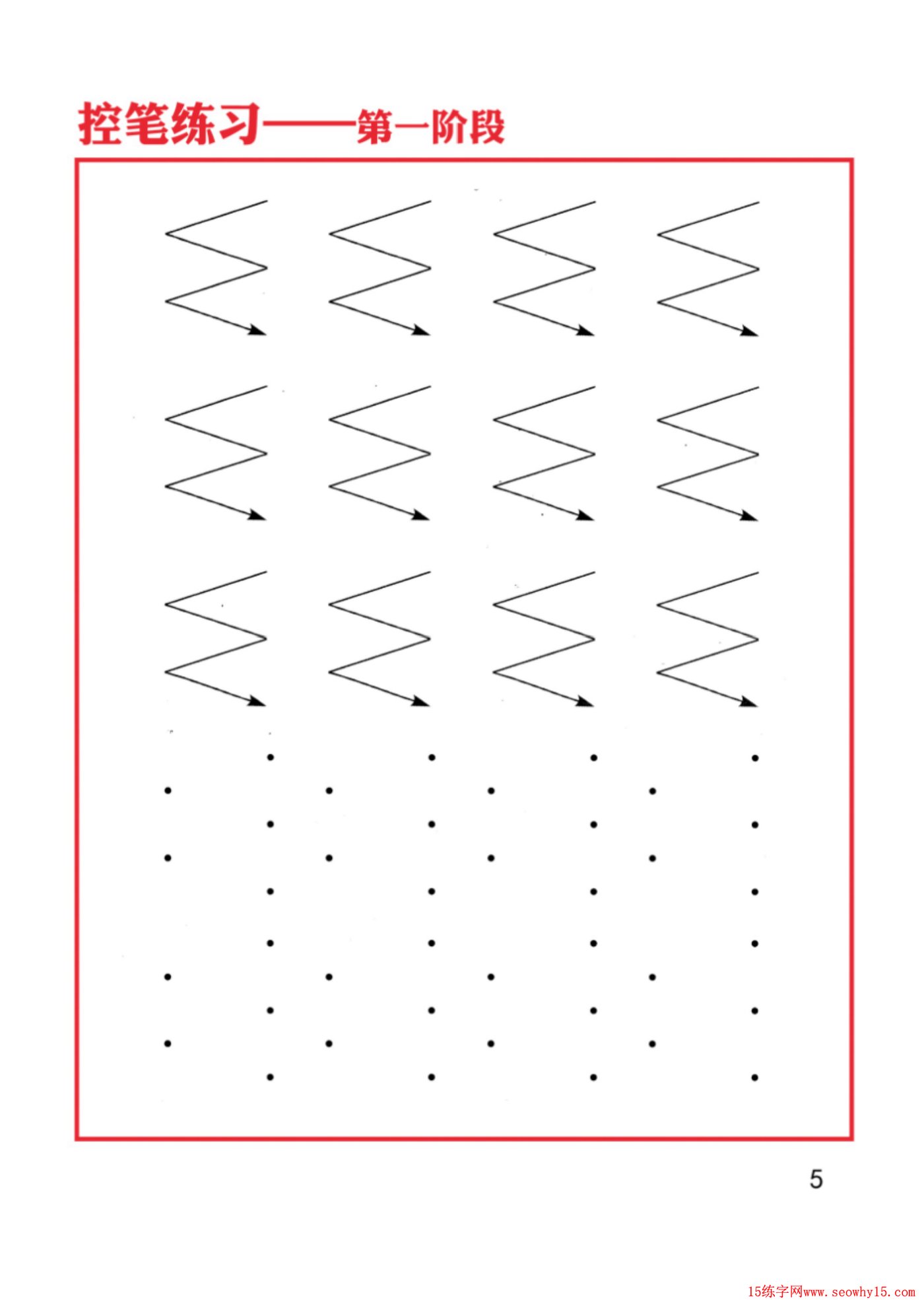
second stage:
1. Accurate pen control training. Practice according to the line trajectory and changes in thickness, pay careful attention to the starting and ending positions, comprehensively improve the brain's ability to control hand movements, and truly achieve the integration of hand and pen. Fine pen control training is the most difficult for calligraphy training, because not only do you have to solve horizontal and vertical problems, but you also need to practice how to reflect changes in thickness, how to express roundness... so that every stroke becomes smart and full of life.
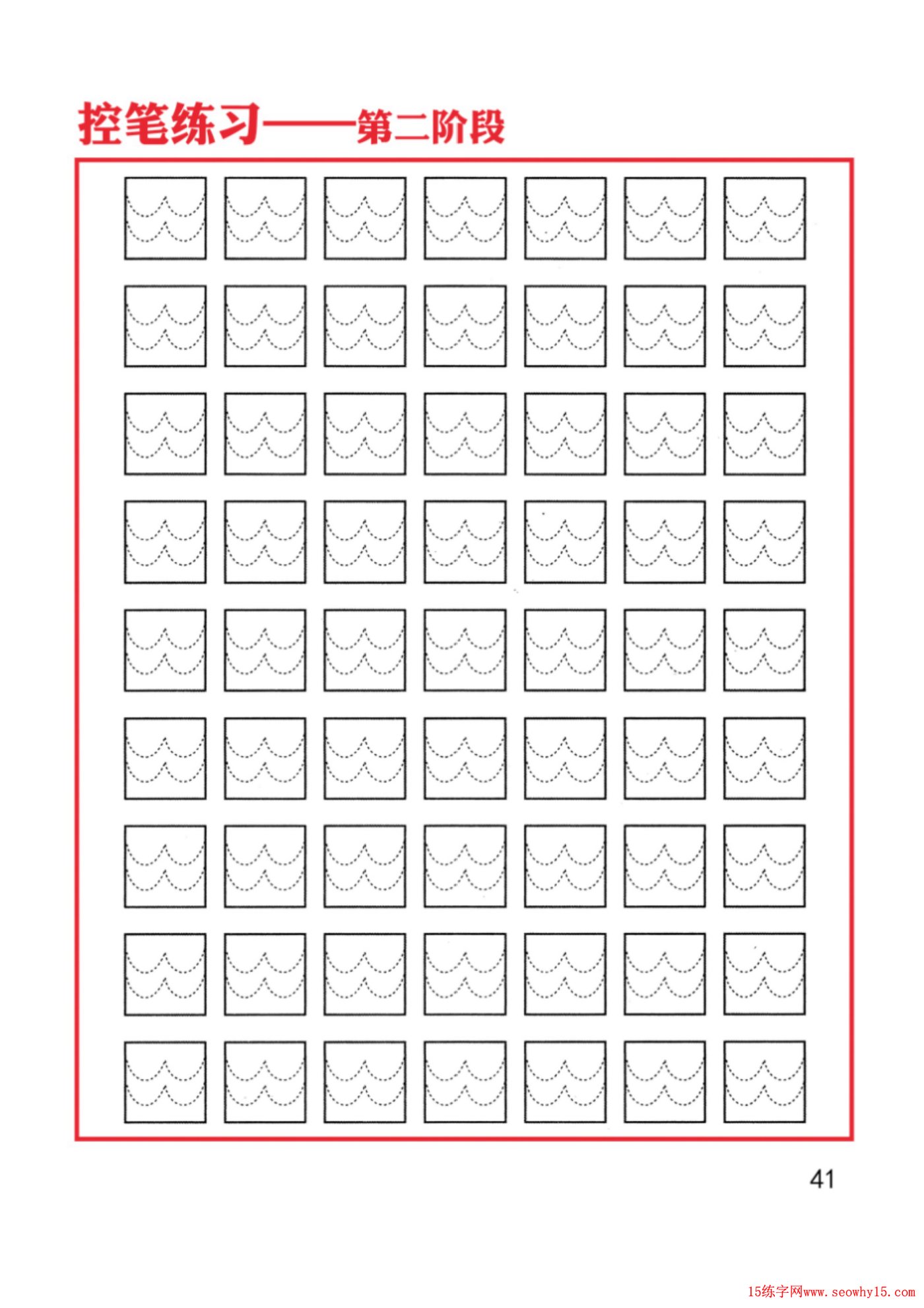
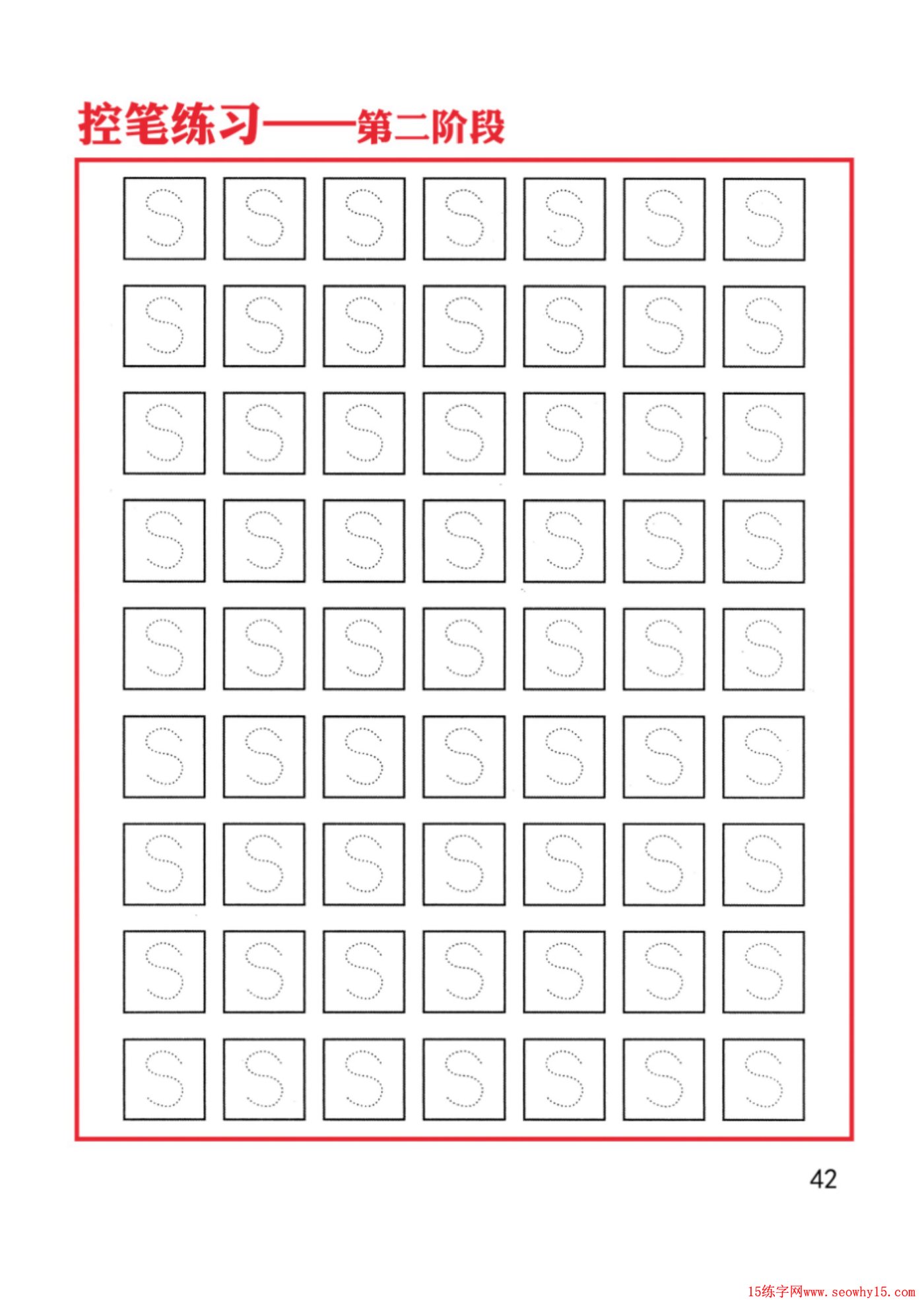
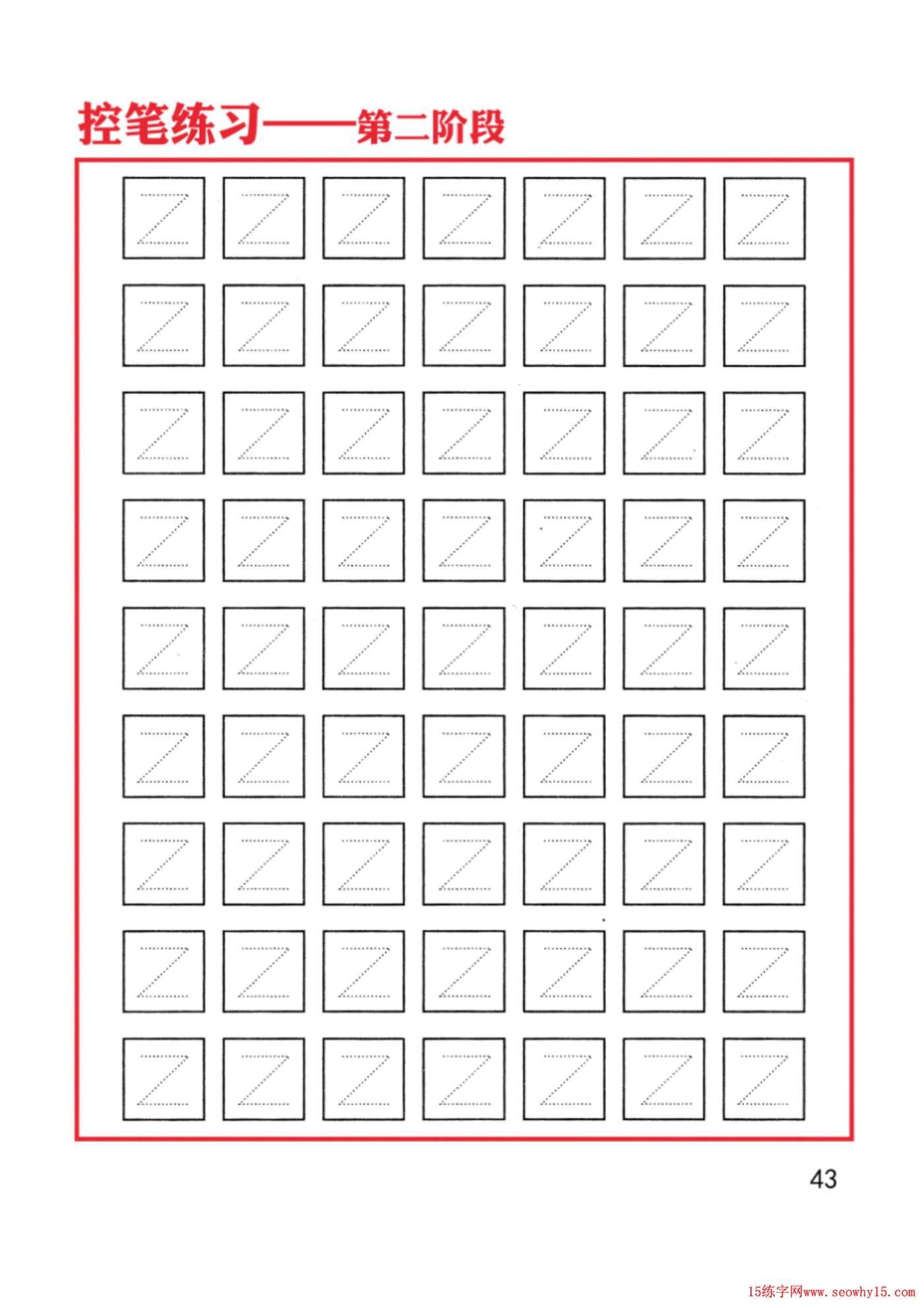
2. Aesthetic pen control training. Find the golden section point according to the Fibonacci spiral ratio, and arrange the strokes and radicals according to the golden section ratio to make the writing more beautiful. Here I want to expand on why we need to learn the golden ratio when practicing calligraphy.
